Si vous êtes novice en matière de rénovation et que vous participez activement à la construction et/ou à la rénovation de votre maison, il y a de fortes chances que vous soyez soudain submergé par une multitude de termes que vous n'avez jamais entendus auparavant. De plus, la quantité d'options et de produits disponibles sur le marché parmi lesquels vous pouvez choisir est souvent déconcertante, ce qui vous amène à vous demander ce qu'il est advenu du bon vieux temps, lorsqu'il y avait cinq produits de chaque type et que prendre une décision était la partie la plus facile du projet.
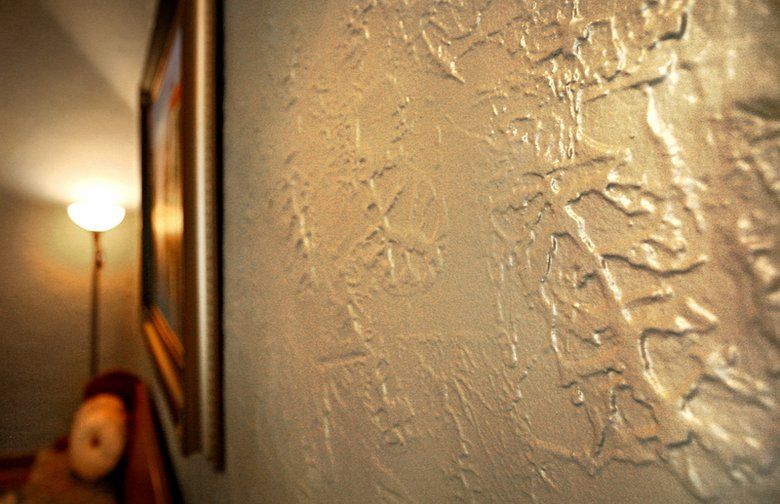
Dans cet article, nous vous donnerons plus d'informations sur le stuc et le plâtre, en répondant à des questions telles que la différence entre les deux, leur utilisation, les raisons pour lesquelles les gens choisissent le plâtre et bien plus encore.
Y a-t-il une différence?
La plupart des sources vous diront qu'il n'y a pas vraiment de différence entre les deux. Ils sont tous deux utilisés comme matériaux de finition pour les murs et les plafonds. Ce que l'on peut constater, c'est que les gens utilisent souvent les termes opposés pour différencier les surfaces intérieures et extérieures. En bref, on utilise le stuc pour désigner le matériau de finition des surfaces extérieures des bâtiments, tandis qu'on utilise le plâtre pour désigner un matériau de finition des murs nécessaire à l'intérieur.
Le stuc est généralement constitué d'un mélange de sable, de ciment Portland, de chaux et d'eau, mais il peut également être composé d'un mélange exclusif d'additifs contenant des fibres et des acryliques synthétiques qui ajoutent de la résistance et de la flexibilité. Il peut être appliqué sous la forme d'une couche de base et d'une couche de finition, ce qui est plus fin et plus rapide que l'application traditionnelle du stuc en trois couches.
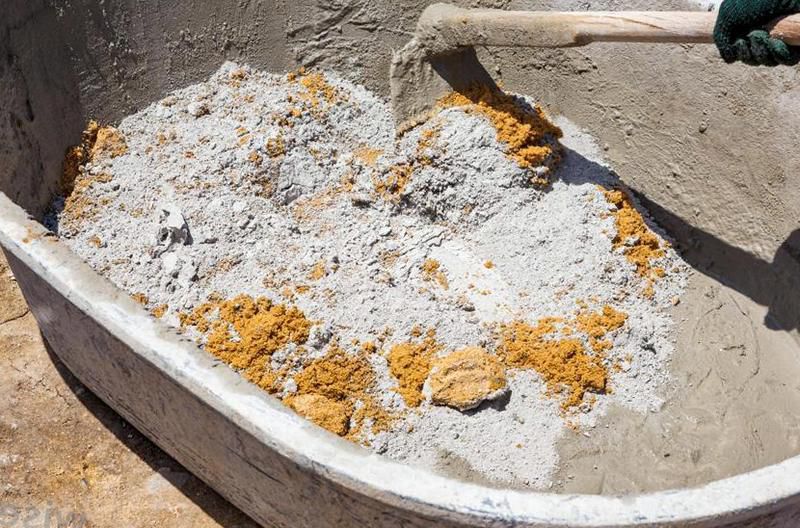
Le plâtre, quant à lui, se compose généralement de ciment, de sable et de gypse. Il existe également de nombreuses variantes avec différentes méthodes d'application.
Les deux matériaux de construction sont des poudres sèches qui doivent être mélangées à de l'eau pour former une pâte nécessaire à l'application. Ils comprennent tous deux un agrégat tel que le sable et ont besoin d'eau pour activer les matériaux et leur permettre de durcir. La différence importante entre le stuc et le plâtre est le liant qui maintient les deux matériaux ensemble, c'est-à-dire la chaux et le gypse.
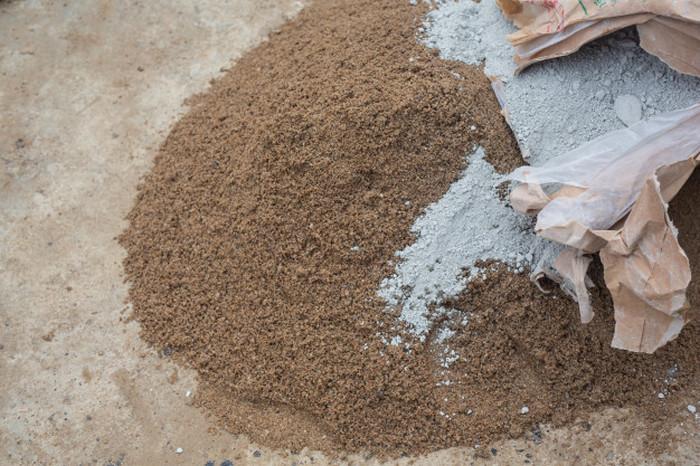
En raison de ses ingrédients, le stuc peut être considéré comme une finition plus durable que le plâtre. Le stuc est également moins susceptible de nécessiter des produits d'étanchéité ou de la peinture après son application, ce qui le rend parfait pour les applications extérieures. En outre, en raison de sa texture plus fine, le stuc peut être utilisé sur un plus grand nombre de surfaces que le plâtre.br>
Idées de finitions murales et vocabulaire des produits
En réalité, lorsque vous cherchez des idées de finitions murales, vous rencontrerez de nombreux noms et produits différents, par exemple le stuc et le plâtre déjà mentionnés. Mais pour ajouter un peu plus de piment à votre voyage de sélection, vous pouvez également être accueilli par des termes tels que plâtre marmorino, plâtre industriel, plâtre vénitien, plâtre de gypse, plâtre de placage, plâtre de soie et bien d'autres encore.
La bonne nouvelle, cependant, c'est qu'un grand nombre de ces produits ont la même idée et le même objectif, la différence la plus notable étant l'élément décoratif qu'ils contiennent. Vous pouvez donc trouver votre réponse en fonction de l'image finale que vous souhaitez obtenir.
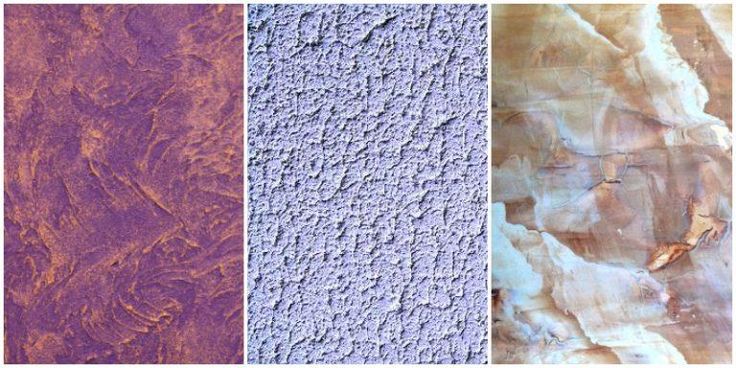
Pourquoi les gens choisissent-ils les sparadraps?
Après avoir passé en revue les différences, la composition et les types d'enduits et de stucs, vous vous demandez peut-être encore ce que les enduits ont de si particulier. Nous sommes heureux que vous ayez posé la question ! Les marques de plâtre les plus populaires, telles que Silk Plaster, offrent une myriade d'avantages aux plâtres extérieurs (ou stucs) et aux plâtres de finition intérieurs.
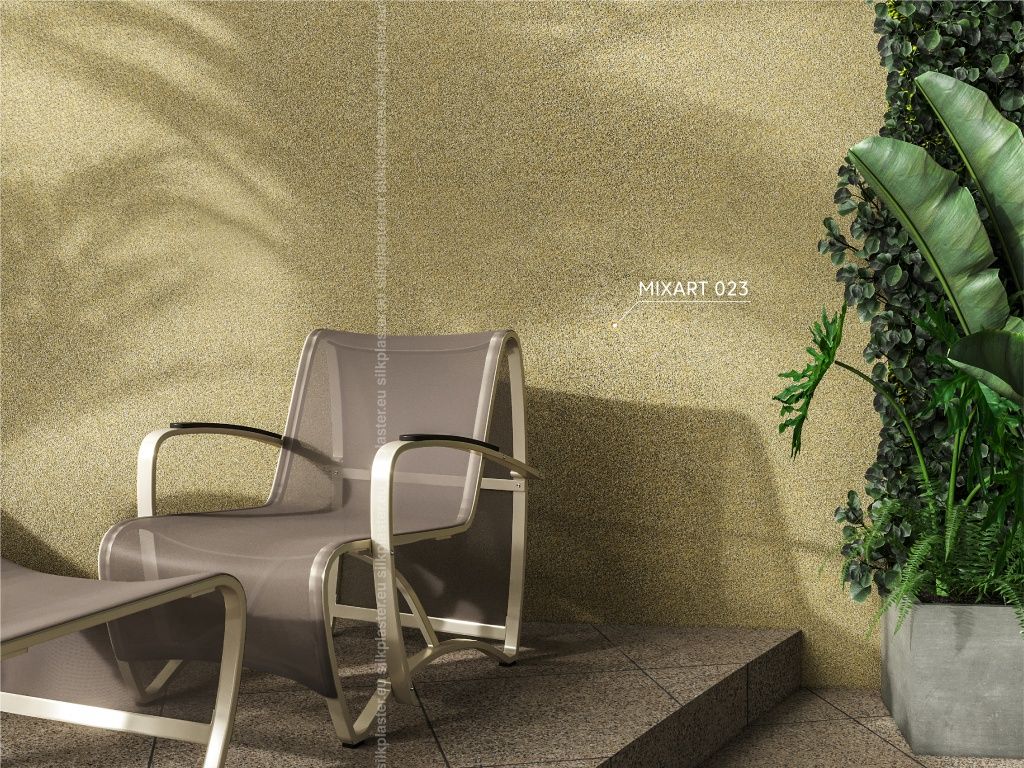
Les plâtres et les stucs sont généralement non toxiques. Comparé à la plupart des peintures, le plâtre ne contient pas de matériaux toxiques. La coloration du plâtre et du stuc se fait généralement par l'ajout de pigments, qui sont souvent naturels. Par exemple, les produits de revêtement mural en plâtre Silk sont non seulement exempts de toxines, mais ils sont également fabriqués à partir de matériaux respectueux de l'environnement. Ils constituent donc une excellente option pour ceux qui recherchent un choix durable et présentent un avantage supplémentaire pour les personnes souffrant d'allergies. Les produits en plâtre de soie sont respirants et hypoallergéniques, et résistent à l'installation de micro-organismes pathogènes, de poils ou de poussières sur leurs surfaces.





Utilisé à l'intérieur, le plâtre est plus facile à appliquer que le stuc. Silk Plaster propose un mode d'emploi assez simple, à la fois sous forme écrite et sous forme de vidéo, qui explique en détail ce que vous devez faire pour monter votre mur. Autre avantage pratique : dans le cas improbable où vous devriez réparer ou remplacer un mur enduit, le papier peint liquide offre également la merveilleuse possibilité d'une réparation fragmentaire. Ainsi, si un problème survient et que vous vous retrouvez avec une zone endommagée, vous pouvez facilement la remplacer, sans différence notable.
Un plâtre correctement mélangé et appliqué est également plus solide et plus durable qu'une cloison sèche. Le plâtre peut résister aux chocs et aux bosses, cacher les impuretés et fournir une surface sans joint.
De plus, les revêtements muraux intérieurs liquides Silk plaster offrent une meilleure isolation, une meilleure résistance au feu et une meilleure insonorisation que les autres options disponibles.
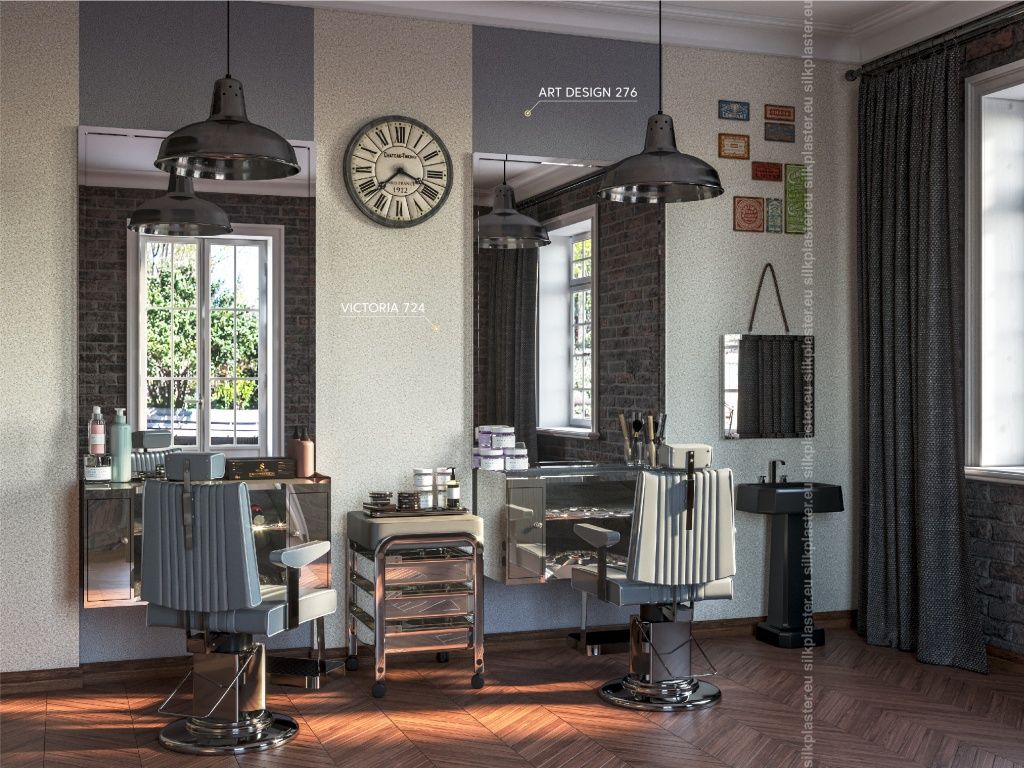
Comme les vapeurs d'humidité peuvent traverser le matériau (c'est-à-dire qu'il est très perméable à l'air), il n'abrite pas de moisissures dans la plupart des conditions. Cela garantit également que le revêtement mural n'éclatera pas et ne commencera pas à s'écailler. Comme le matériau est perméable à l'air, vous bénéficierez également de l'absence d'odeurs dans la pièce.
Vous pouvez aussi littéralement entendre la différence dans les maisons dont les murs intérieurs sont enduits de chaux naturelle ou dont les murs extérieurs sont en stuc, car ils offrent des propriétés d'absorption acoustique qui rendent votre maison plus silencieuse et plus harmonieuse.
Les enduits intérieurs pour murs et plafonds Silk Plaster ont des propriétés d'isolation thermique qui permettent de rendre plus confortables les grands espaces froids. Ils sont également résistants au feu, ce qui en fait l'une des options les plus sûres auxquelles vous pouvez faire confiance pour améliorer votre maison.
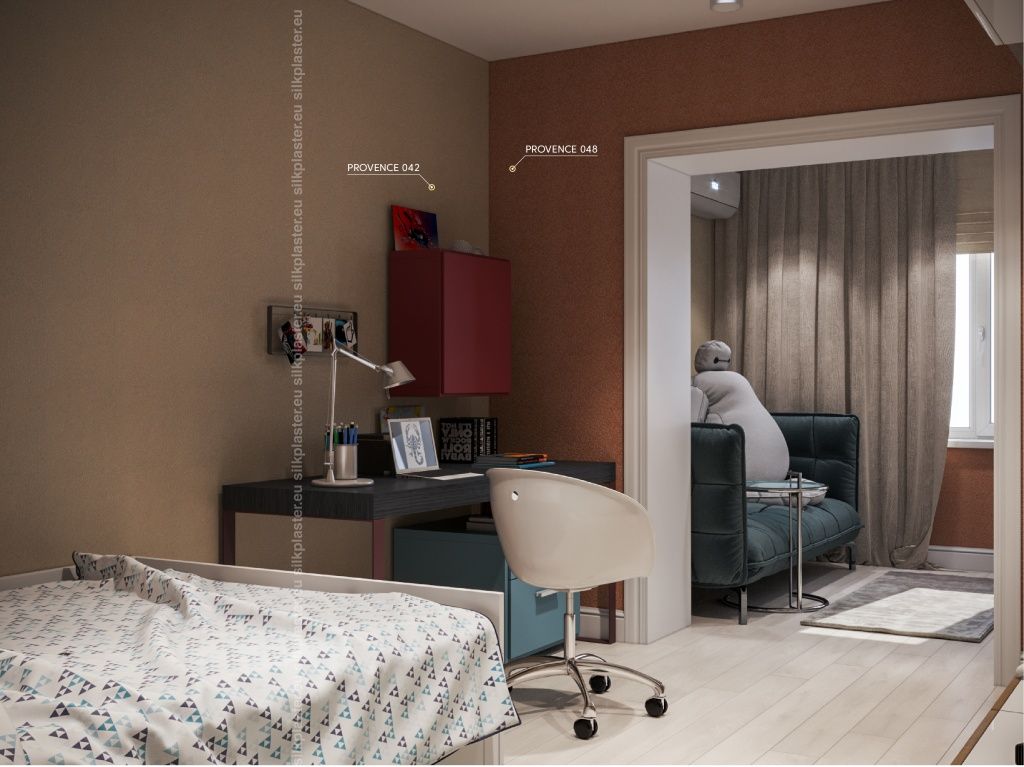
Enfin, les enduits d'intérieur offrent une variété d'aspects magnifiques et uniques. Le papier peint liquide Silk Plaster, en particulier, présente l'avantage supplémentaire d'une merveilleuse texture douce au toucher qui donnera à tout espace un aspect chaleureux et accueillant.
Et voilà! Bien qu'il n'y ait pas de différence nette entre le stuc et le plâtre, hormis l'utilisation à l'intérieur et à l'extérieur d'une variante particulière du plâtre, il y a de nombreux avantages à choisir ces produits par rapport à d'autres possibilités sur le marché. Et n'oubliez pas qu'ils sont tous assortis de magnifiques options de conception, alors assurez-vous de donner la priorité aux autres avantages!












